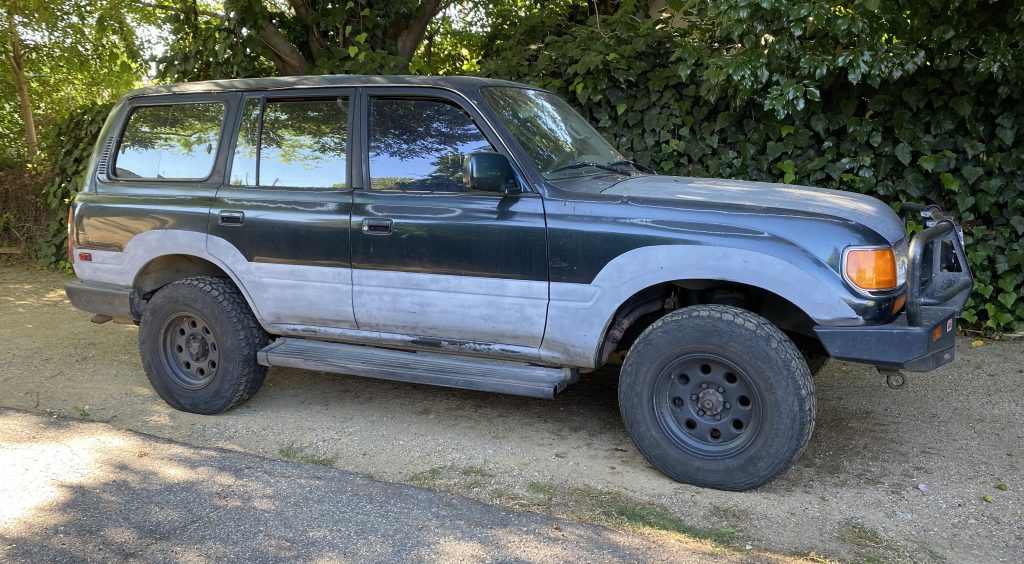There’s travel, there’s adventure travel, and then there’s overlanding.
Originally used to mean horseback cattle drives in the Australian outback, the term “overlanding” now refers to self-sufficient, vehicle-dependent adventure travel in remote areas. How remote depends on just how adventurous you’re feeling, and the overall reliability of your overland vehicle and equipment.
Technically, you could toss a sleeping bag in the back of a rustbucket jalopy and head off into the wilderness, and you’d be overlanding. Many folks get their start that way. For this project, though, we had something a little more ambitious in mind: taking a largely neglected, 29-year-old, 250,000-mile 4WD and transforming it into a dual-purpose daily driver/overland beast. Something we can use for grocery runs—or months-long trips across multiple continents.
There are many good platforms for overland builds. We chose a late-model, 80 Series Toyota Land Cruiser for its legendary reliability and off-road capability, large size, and 1,600-pound payload. (Okay, we also just like the way they look.) And while a few of the modifications we’ll be making are Land Cruiser-specific, the vast majority are things that can also be done with other Toyotas as well as Jeeps, Fords, Chevrolets, Rovers, Mercedes and [insert your favorite vehicle here]. Not coincidentally, you can find most of what you need at Summit Racing.
Given the vehicle’s age, serious mileage, and general lack of attention from the previous owner, there’s a lot to do. So this may take a while. For now, here’s a quick rundown on what we have planned (so far!)…
Diagnose current engine condition (we can see and hear problems)- ^Scratch that; the engine died so we bought a donor motor
- Tooling up, engine teardown, transport (with new parts) to machine shop
- Final teardown, cleaning and inspection; order more parts
- Find something else to do while waiting on machine shop work (we’re thinking interior makeover and sound-damping)
- Pull old engine and tranny
- Clean and upgrade engine bay, (probably) rebuild tranny
- Driveline refresh
- Machine shop work, long block assembly and transport home
- Put the rest of the engine back together (with some added goodies, of course)
- Install rebuilt engine and tranny
And that’s just for starters. We’re already gathering parts for…
- Dual battery system with upgraded alternator and cabling
- LED lighting upgrade, headlight swap, and offroad lighting install
- Auxiliary electrical and system management install
- Armor and snorkel
- Winch and recovery gear
- On-board air and fridge/freezer install
- Communications and navigation
- Audio install
- Cargo storage/sleeping system install
- Suspension upgrade and lift to handle added weight
- New tires/wheels/brake components
- Gears and lockers
- 50-state-legal exhaust system
- Minor bodywork and major paint job or wrap
- And more!
As with any vehicle of this age that’s been neglected, there are bound to be occasional hiccups and unexpected surprises, and we’ll deal with those as they come. Articles will be posted as work is completed. So sit back, enjoy the ride—and we (and the Beast) will see you on the next installment!
You may also enjoy our Overlanding Essentials article series.


Comments